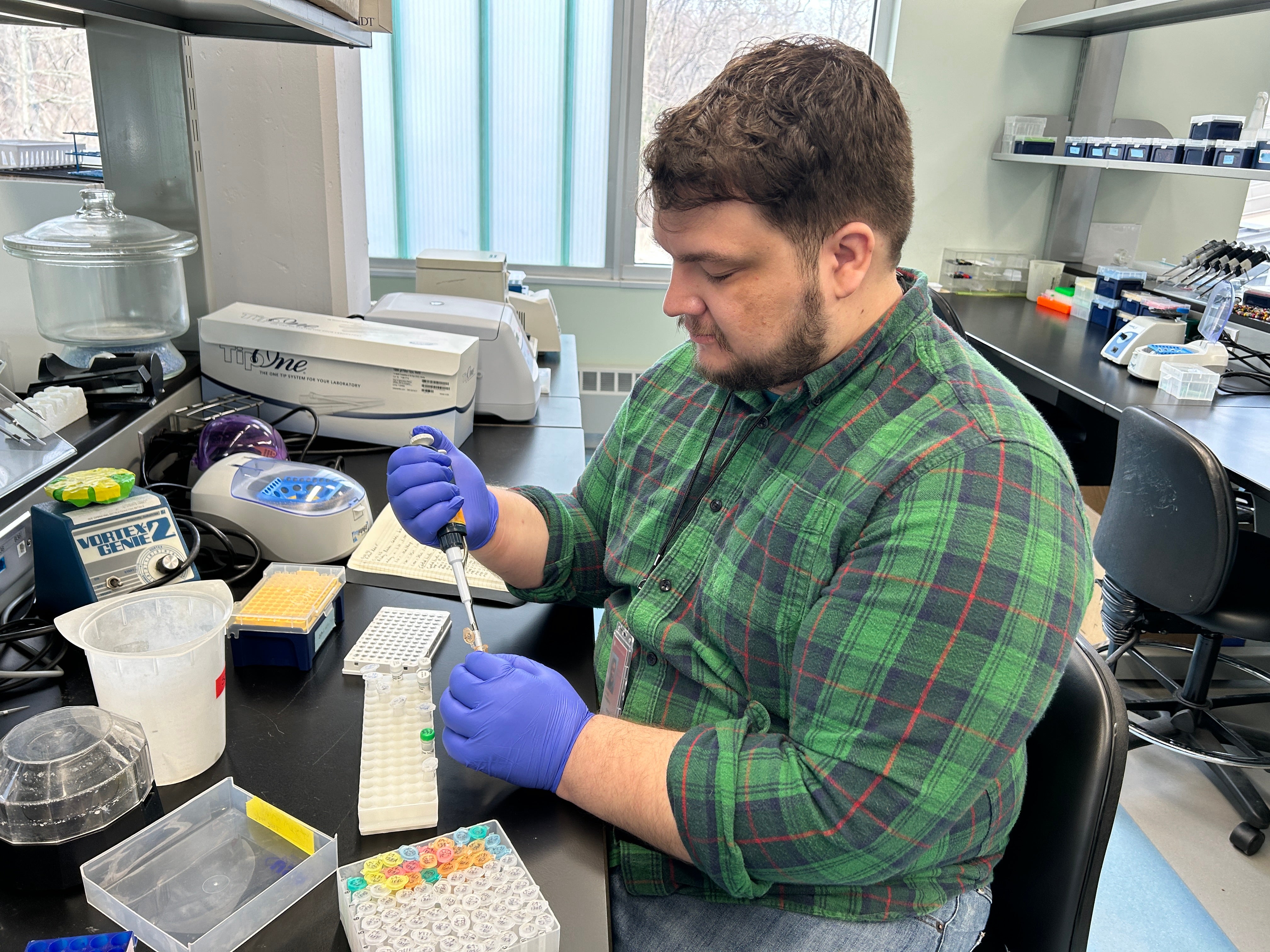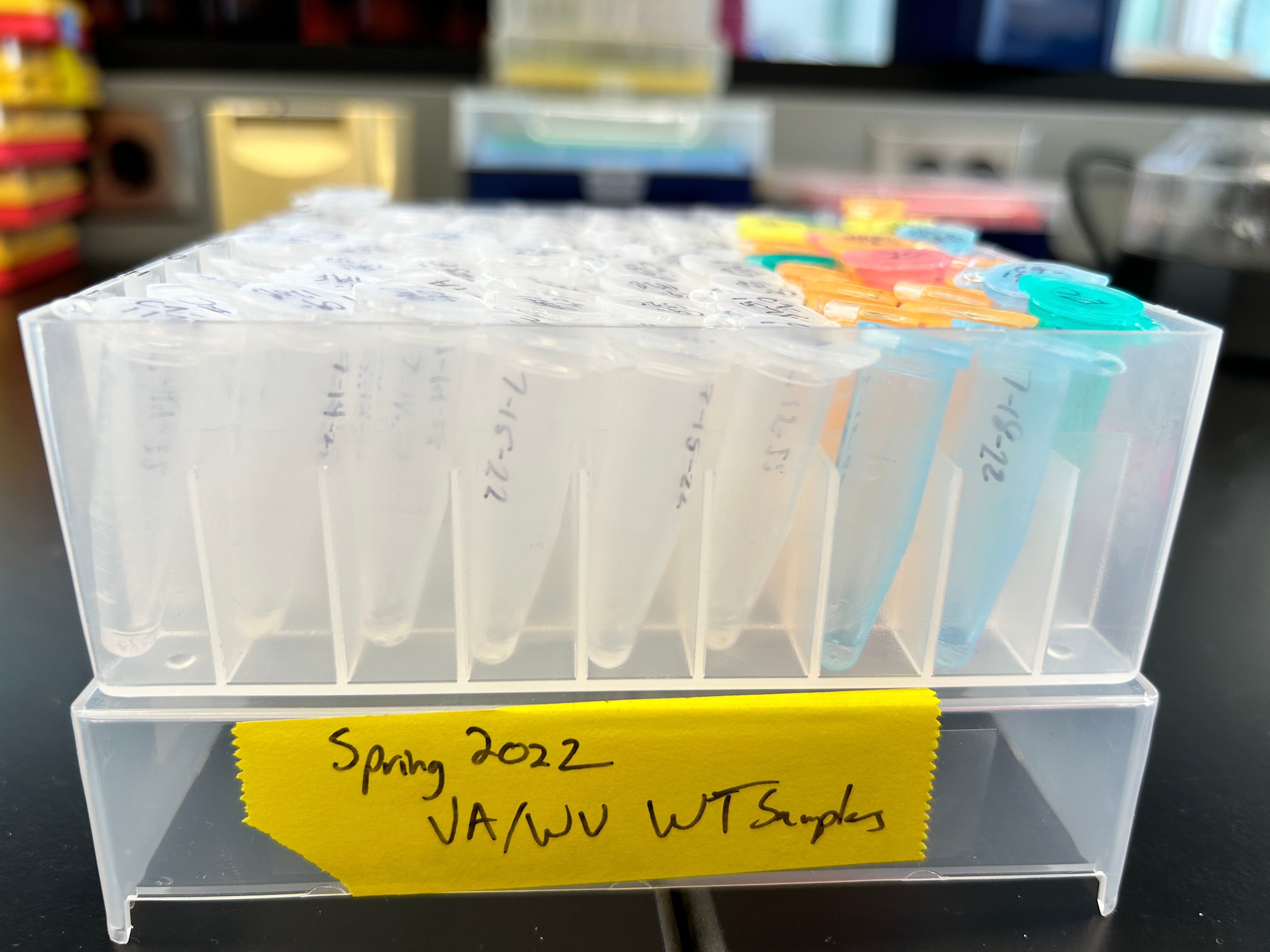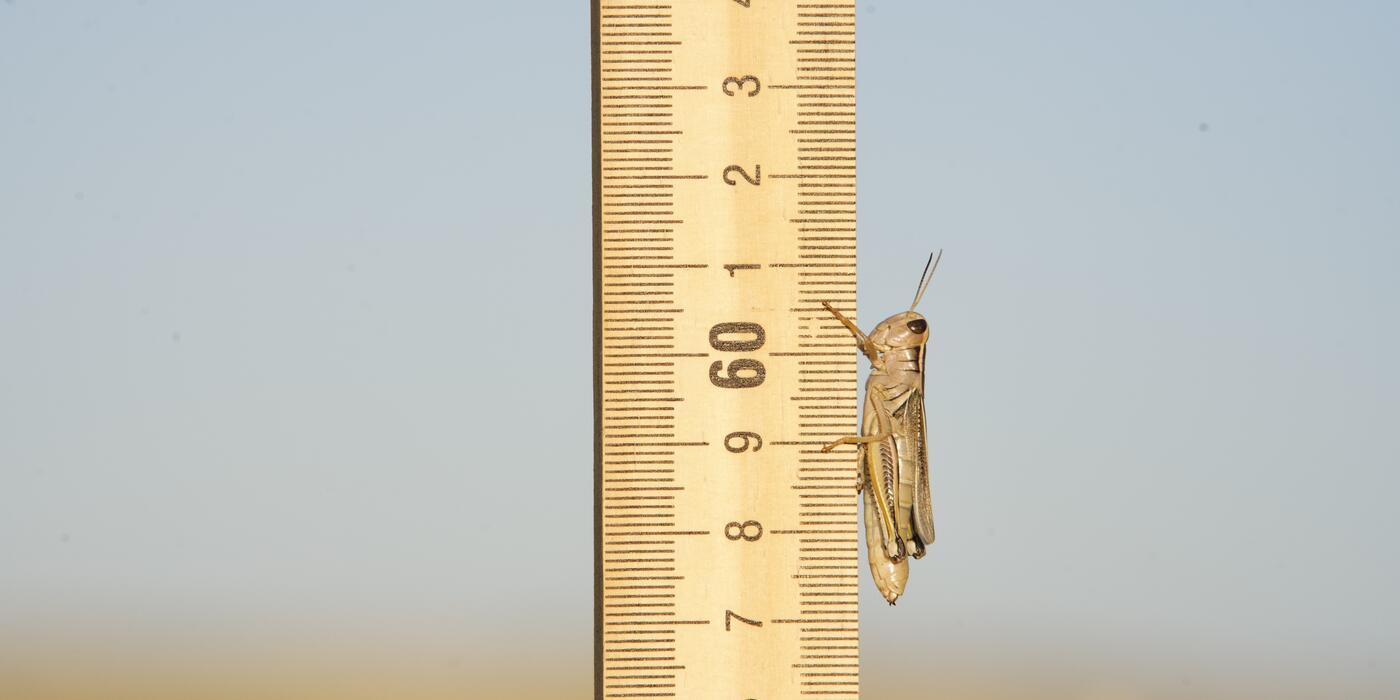Focus on the Future: Sean Lyons
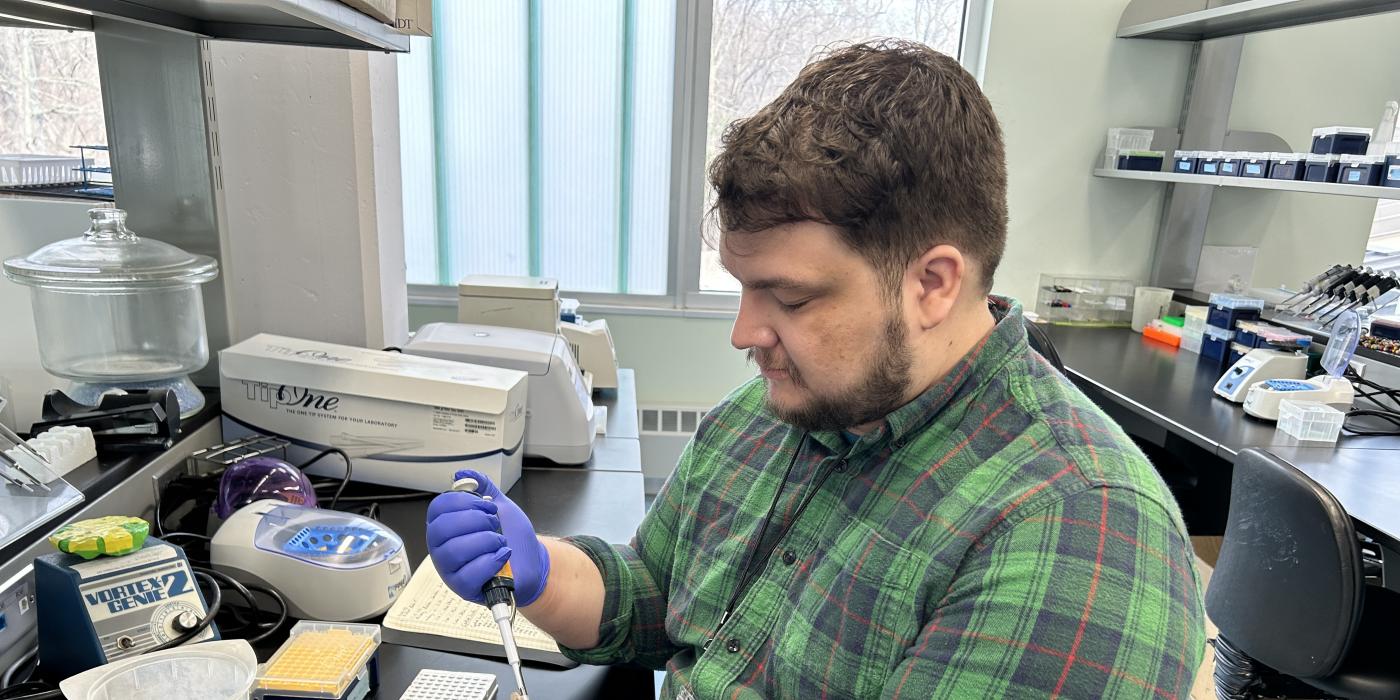
Focus on the Future is a series that seeks to highlight the early career scientists who conduct research at the Smithsonian's National Zoo and Conservation Biology Institute. Learn about our undergraduate, graduate and post-doctoral fellows and the conservation research they are supporting through first-hand accounts and stories.
I’ve always been interested in “getting to the root of it all.”
I grew up just outside of Chicago, Illinois, and in fifth grade, I had my first exposure to genetics through a school report, which started my fascination in the field. Genes are an underlying, binding code through which all the organisms on the earth are interconnected. They guide how organisms work, how to interact with their environment; they explain why things happen and where organisms come from.
I earned my bachelor’s of science in zoology at Southern Illinois University in Carbondale, Illinois. Much of my undergraduate research centered on marsupial parasites, which meant I spent a lot of time collecting roadkill and helping people humanely trap opossums. Being in southern Illinois was great, because it’s a nexus of North American wildlife – you get organisms from southern ecosystems, northern ecosystems, eastern ecosystems, the Ozarks and the Shawnee Hills area. It has many dense forests and bluffs filled with all kinds of animals and plants, making it an amazing place to start my career.
After I graduated, I took an internship in the Zoo’s veterinary hospital, working for Erin Latimer in the elephant herpesvirus lab. There, I screened elephant blood for elephant endotheliotropic herpes virus (EEHV) and learned a lot about virus detection and genetic tools. Erin introduced me to Jesus Maldonado, a research geneticist at the Zoo’s Center for Conservation Genomics, who became my advisor for my graduate work.
I recently completed my master’s thesis at George Mason University on environmental DNA, also known as eDNA. eDNA is a relatively new technology where you use genetic tools to detect DNA samples an organism leaves in their environment.
My work focused on wood turtles, which are a species of North American turtle that are threatened on a state level. Wood turtles prefer slow moving, low-land streams with very clean water, which can be hard to find in rapidly developing areas. They are good at camouflaging themselves, and they burrow into the banks of streams, which makes it difficult to find them through traditional surveys.
For traditional surveys, you walk in streams and try to find the adult animals based on sight and touch. We estimate that we’re missing about two out of every three turtles present in the environment when we use these methods. With eDNA, we can take a water sample, and it doesn’t matter if we can’t see the turtles, because we’re going to pick up their DNA.
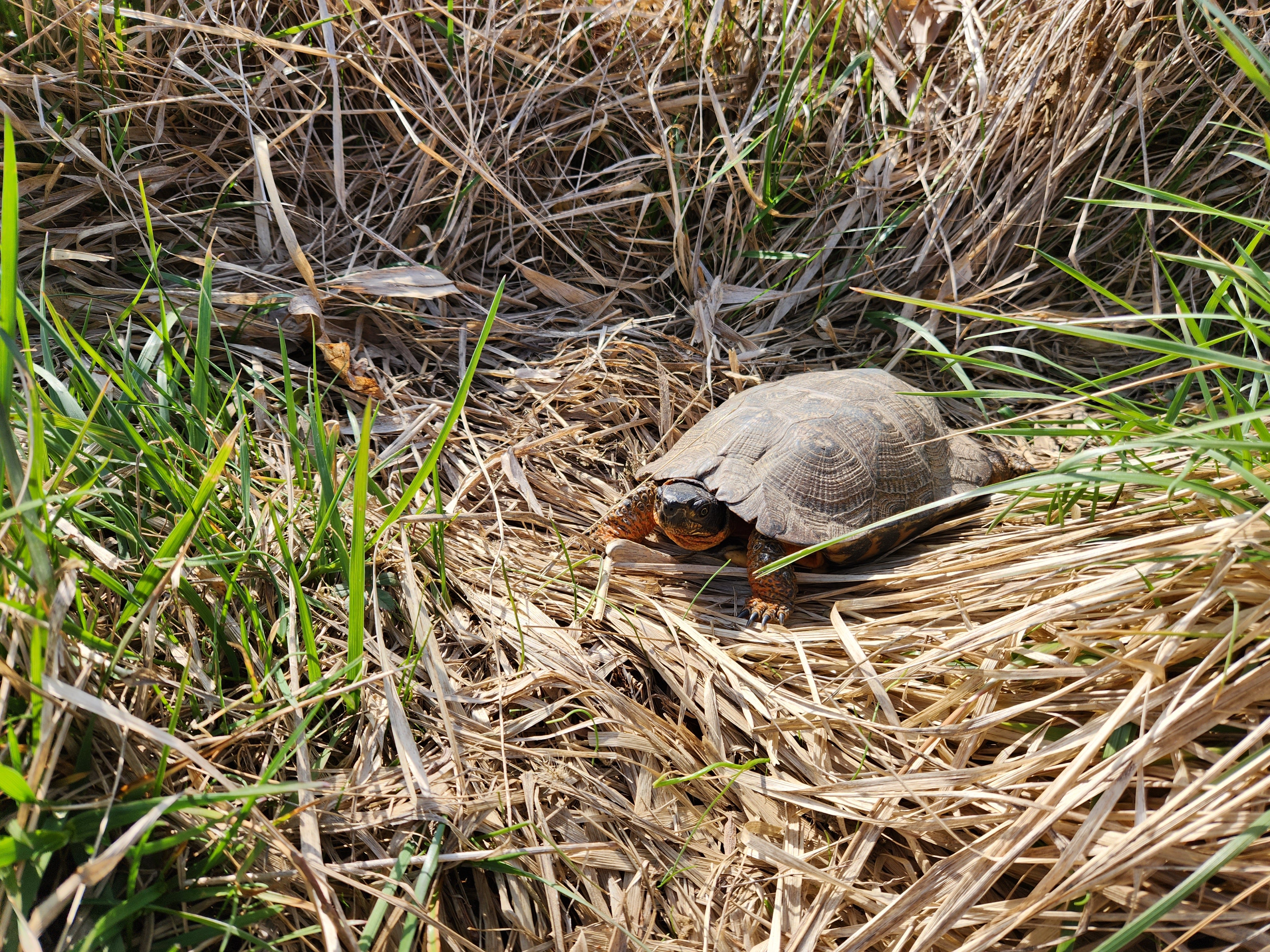
Wood turtles are found from northern Virginia to Nova Scotia and as far west as the Great Lakes, but wild populations are declining rapidly. In Virginia, wood turtles have lost nearly half of their historic range.
What caught my eye about this project is that we’re pushing the envelope on genetic and ecological research. eDNA can tell you if the turtle is there, but it can’t yet tell you how many distinct individuals are in an area. It can’t tell you if that animal is still alive. It can’t tell you how old they are, or if they’re sick. But it can tell us, “a turtle is here,” so we can focus our physical search efforts on that area.
eDNA is very much in its infancy; it successfully detected vertebrates for the first time in 2008. It’s been the craze to figure out what can be done with eDNA and how we can ensure its results are scientifically sound. Researchers are still figuring out questions like, “what are the standards for this field?” Even with all the challenges, I think of it as a valuable new tool in our molecular ecology toolbox, and it’s changing all the time.
My advice to anyone interested in conservation is don’t be afraid to put yourself out there. Even if you don’t have a background in science, if you’re willing to volunteer, there’s always work to be done. And be okay with not knowing all the answers! Some scientists have worked on an issue for decades; there are always going to be things we don’t fully understand. But that’s the fun part of the job, learning the answers.
